The earth recalls—although perhaps we do not. Every desiccated summer in India sears the soil like weathered skin, foregrounding the lack of moisture which once was fulfilled not by despair, but design. Now, with borewells creaking, dams drying, and taps ceasing in towns and villages, we are running pell-mell towards a challenge which our forbears had resolved. Throughout the subcontinent, decades before the level of groundwater became a national crisis and climate change a domestic buzzword, villagers had developed a mosaic of water systems—unobtrusously brilliant, ecologically wise, and profoundly local. They did not dominate water; they wooed it. They heard, learned, and collaborated with its moods. Their achievement was not in quantity, but in harmony.
In the dry plains of Rajasthan, where the monsoon comes briefly like a hesitant visitor, the desert folk fashioned the land using johads—unassuming, crescent-shaped earth dams that collected rainwater and breathed it underground. In Alwar district alone, thousands of johads, restored in recent decades, assisted in raising the water table by several meters, reviving both agriculture and religion. The baolis—ancient stepwells cut like upside-down temples—provided more than water; they were places for repose, tales, and ritual. The khadin system, conceived in the driest deserts, intercepted runoff and allowed it to seep slowly into the ground, transforming saline flats into fields of flowers. Rooftop rain curled into taankas—dome-shaped tanks under the ground that collected enough water to support a household for months without any outside input. All three were meditations on minimalism—low-cost, low-tech, and wonderfully effective.
This water wisdom resonated throughout India’s vast and diverse landscape. In Bihar, the ahar-pyne system of levies and canals established a fine balance of plenty and necessity—harvesting river surplus and returning it to paddy fields. It was not so much a method as a common ethic. In Nagaland, the zabo system—”impounding water”—combined forest husbandry, farming, and livestock into a single rational practice, harvesting rain from hilltops and releasing it in measured, deliberate streams. Meghalaya’s bamboo drip irrigation system, so poetic in its simplicity, carried water over hilly country without a motor, depending only on gravity and man’s skill. Glacial melt in the high-altitude desolation of Ladakh was diverted into zings—shallow tanks—that delivered timely irrigation even on windswept days. From Kerala’s jackwells, dug by tribal people to access freshwater lenses under sand, to Maharashtra and Madhya Pradesh’s Phad and Pat systems—each region had its solution, honed over centuries.
Centralisation came with modernity. Consensus of community was replaced with steel pipes. Borewells symbolized self-reliance—boring deeper by the year, until the water ran out. India had over 30 million borewells by 2023, leading it to be the world’s largest extractor of groundwater—unsustainably to a large degree. Almost 60% of districts have declined into “overexploited” or “critical” areas. In cities, 30–40% of piped water disappears before reaching a tap, lost to mismanagement and leaks. The irony is breathtaking: we left behind systems that would replenish groundwater at low cost, and adopted ones that consume it more quickly than it can be replenished.
But the earth is a stubborn thing, and so are humans. In Telangana, state-initiated Mission Kakatiya has made a fearless step backward—in the finest sense of the term. By re-establishing more than 45,000 centuries-old tanks, cleaning out reservoirs, and reinforcing bunds, the project has infused life into parched landscapes. Farmers have seen increased groundwater levels, higher yields, and hope renewed. Fish farming, long forgotten, has come back to these tanks, introducing food and revenue. Here, the revival isn’t a wistful look back—it is a conscious act of survival. These projects aren’t merely utilities like flyovers or big dams; they belong. They are comprehended, maintained, and treasured by the people they impact.
This renewal is not random or isolated. In Maharashtra, the integration of Phad irrigation with kattas—stone bunds that channel rainwater—has doubled crop intensity. Sikkim’s Dhara Vikas program has restored hundreds of springs through catchment management, supplying water throughout the year to more than 50,000 individuals. These are not nostalgic footnotes—they are blueprints. They demonstrate that tradition is not fixed, but adaptive. That ancient wisdom is not anti-modern, but post-modern in its ecological intuition.
The way ahead does not require giving up innovation. It requires balance. Imagine drones charting ancient tanks hidden beneath overgrowth, villagers excavating them with hands creased by remembrance. Visualize satellite forecasts complementing the oral rain knowledge of grandmothers. Picture water rights given to communities as acknowledgement of guardianship, rather than gift. The future should not be about old or new—it should entwine them.
India’s ancient water systems are not just ruins. They are reminders. They represent a worldview where survival was relationship, not domination. These systems functioned not because they were engineered, but because they were known—formed over centuries by individuals who watched nature profoundly, reacted softly, and constructed humbly. We don’t have to go back. But we do have to go back to this sort of care. Next time the skies open up with rain, don’t just dash for cover. Turn to the earth. Observe where the water flows. Under your feet is a map of remembrance. The tanks recall. The wells recall. And if we wish, we can recall as well—not only how to store water, but how to live alongside it.

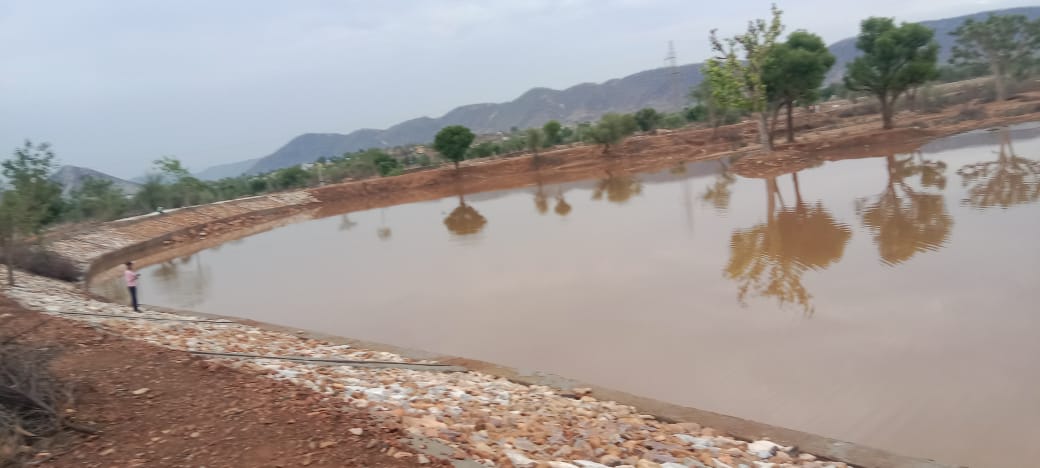

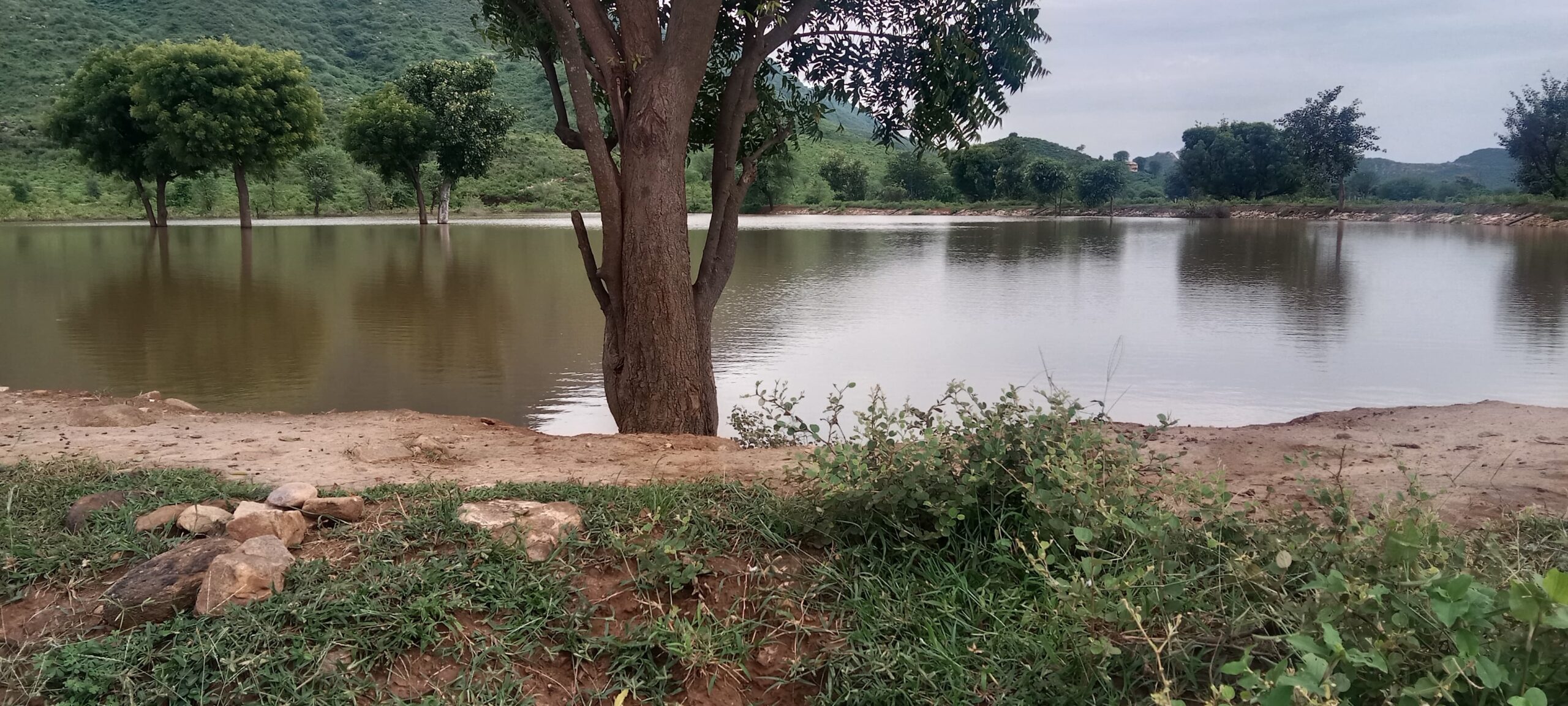
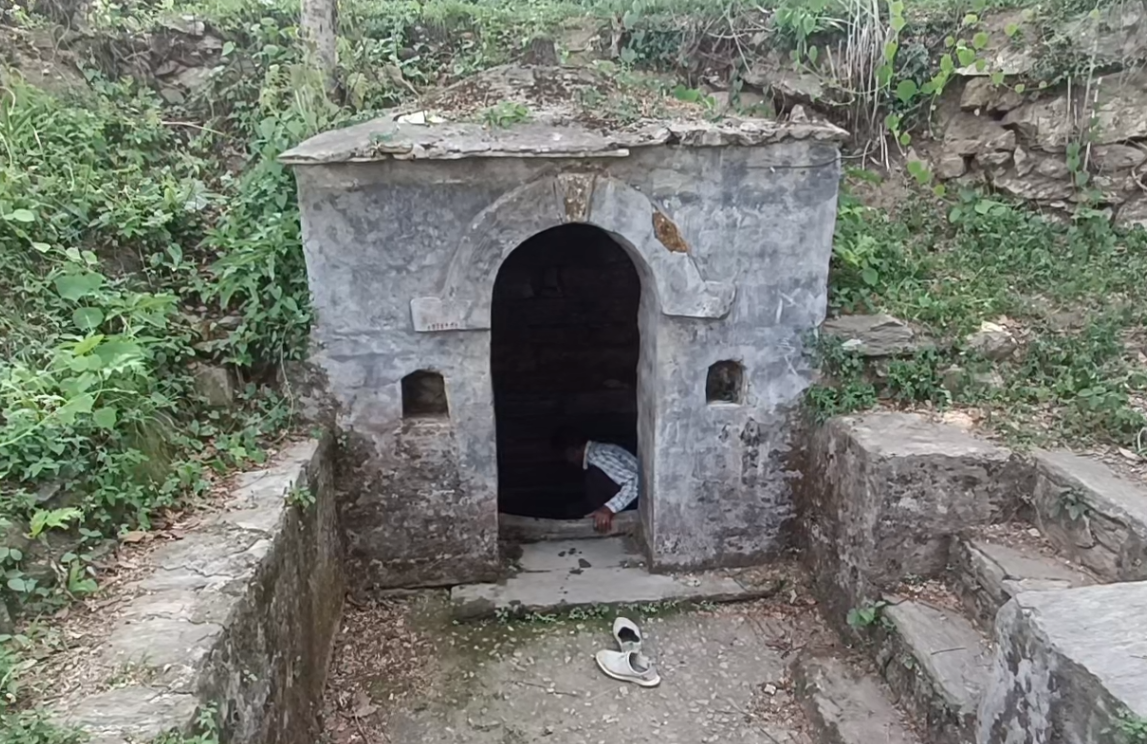
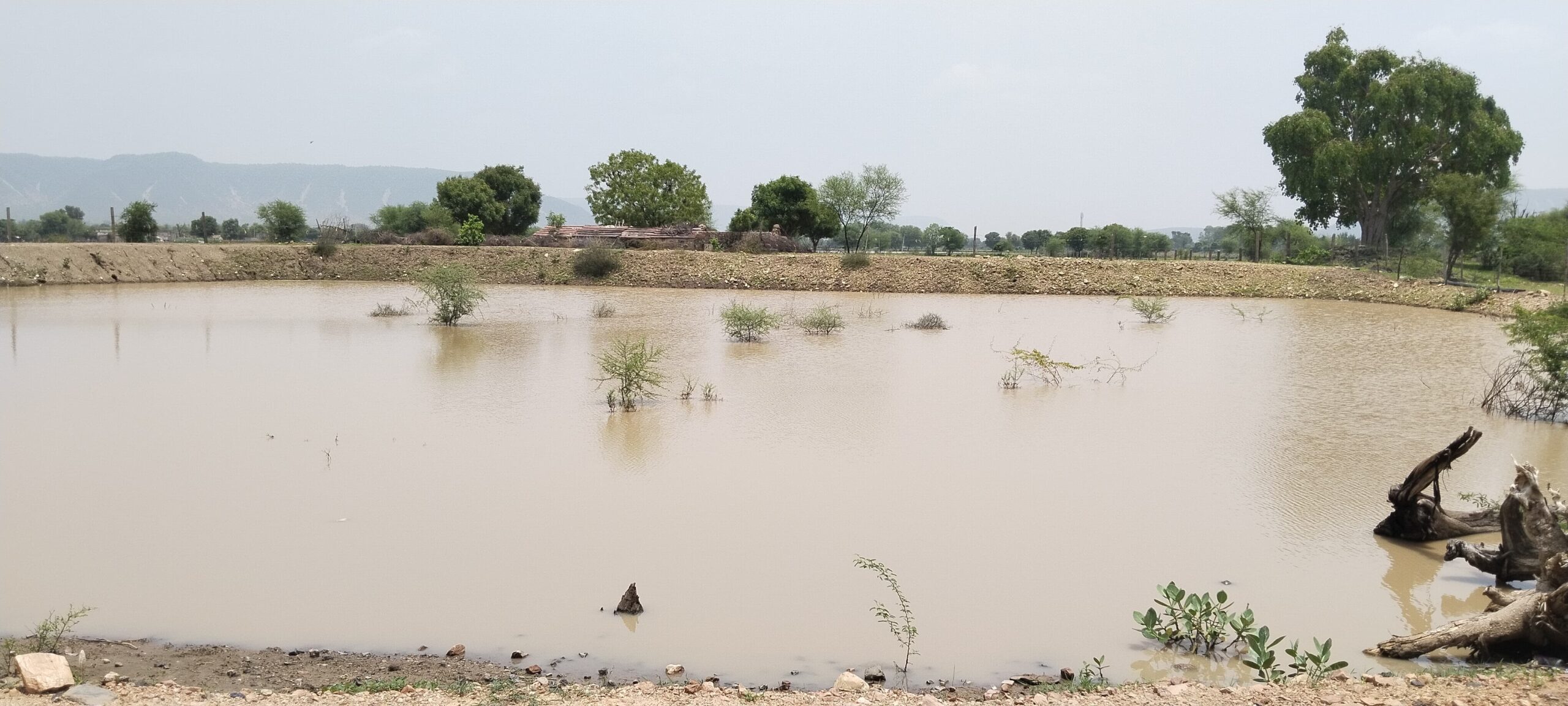
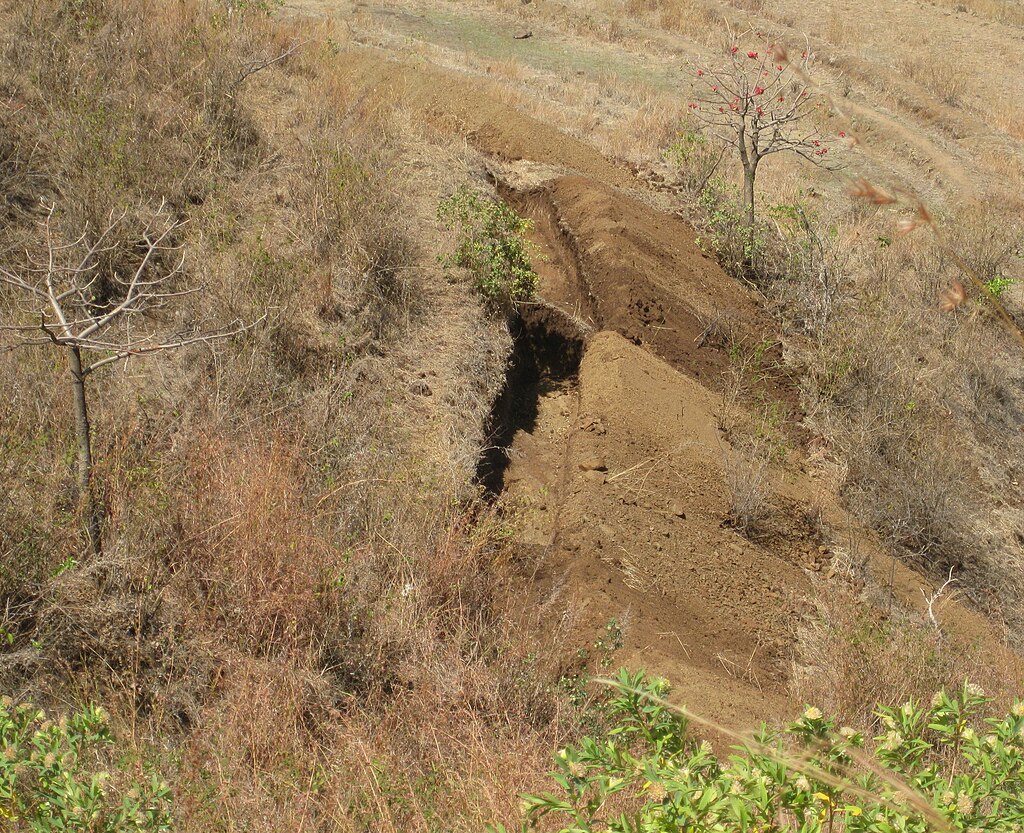
Leave a Reply